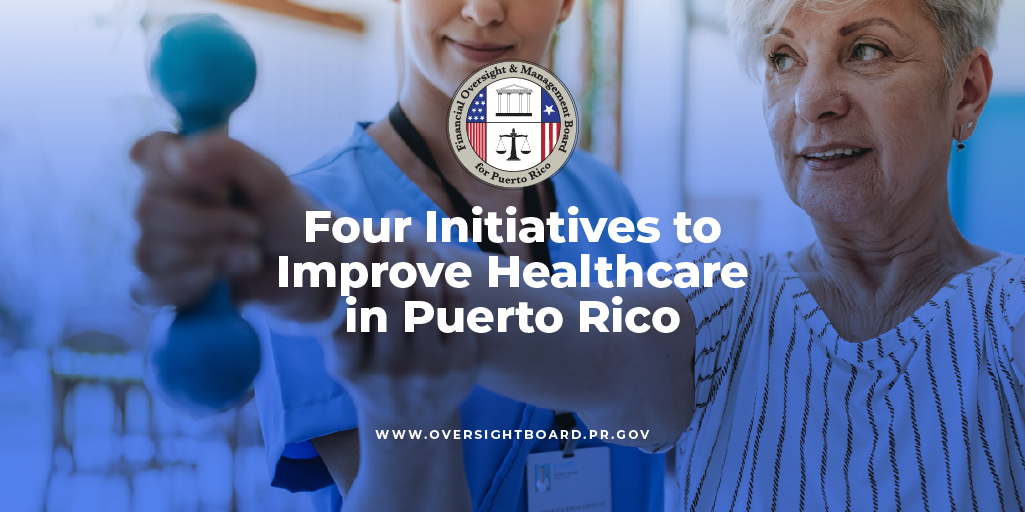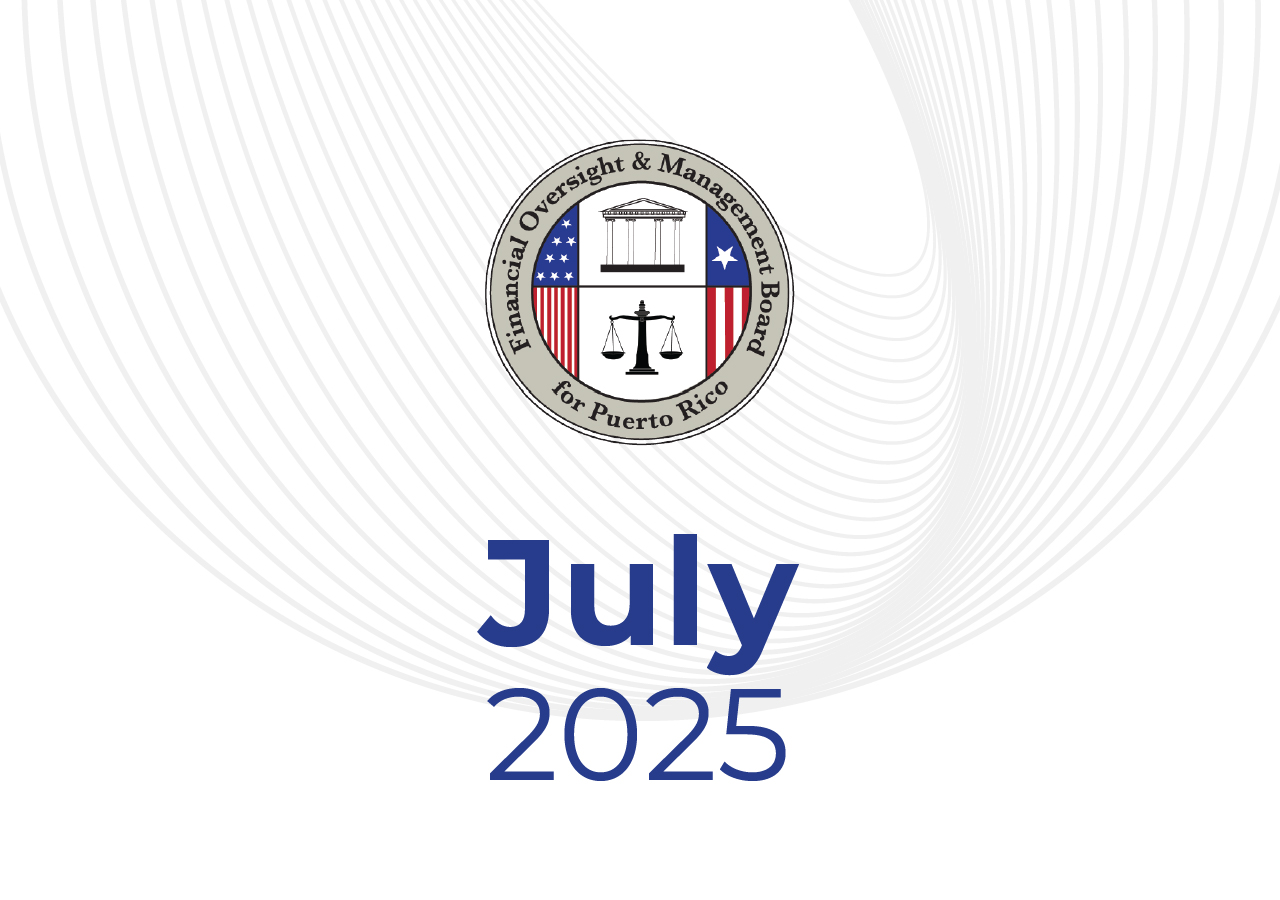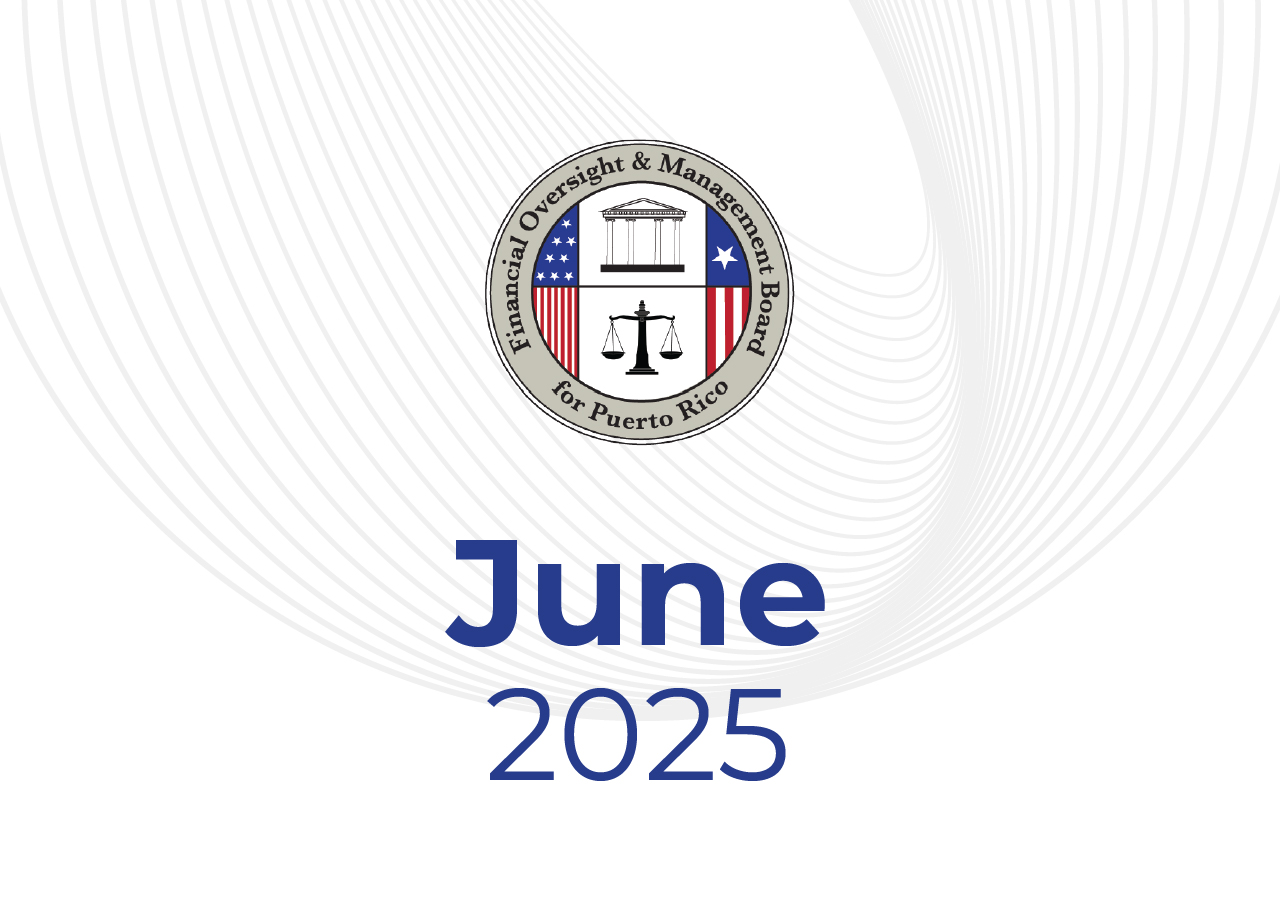Earlier this year, a study commissioned by the Oversight Board, the Puerto Rico Department of Health (PRDOH), and the Puerto Rico Fiscal Agency and Financial Advisory Authority (AAFAF) on the current state of Puerto Rico’s healthcare workforce identified which parts of the island lack doctors and from which specialties and includes recommendations for improving healthcare in Puerto Rico.
Now the Oversight Board and the PRDOH are working together on the solutions. The collaboration identified top priorities across areas such as process improvement, healthcare transformation, financial incentives, and evaluating their impact and implementation effort.
Create Centers of Excellence: Centers of Excellence specialize in managing chronic diseases. A pilot program could help establish Centers of Excellence with a focus on impacting high need populations, such as the elderly and rural residents. Successful Centers could subsequently be implemented island wide.
Puerto Rico faces a growing crisis with chronic diseases such as diabetes, hypertension, and asthma, according to data from the CDC’s Behavioral Risk Factor Surveillance System.
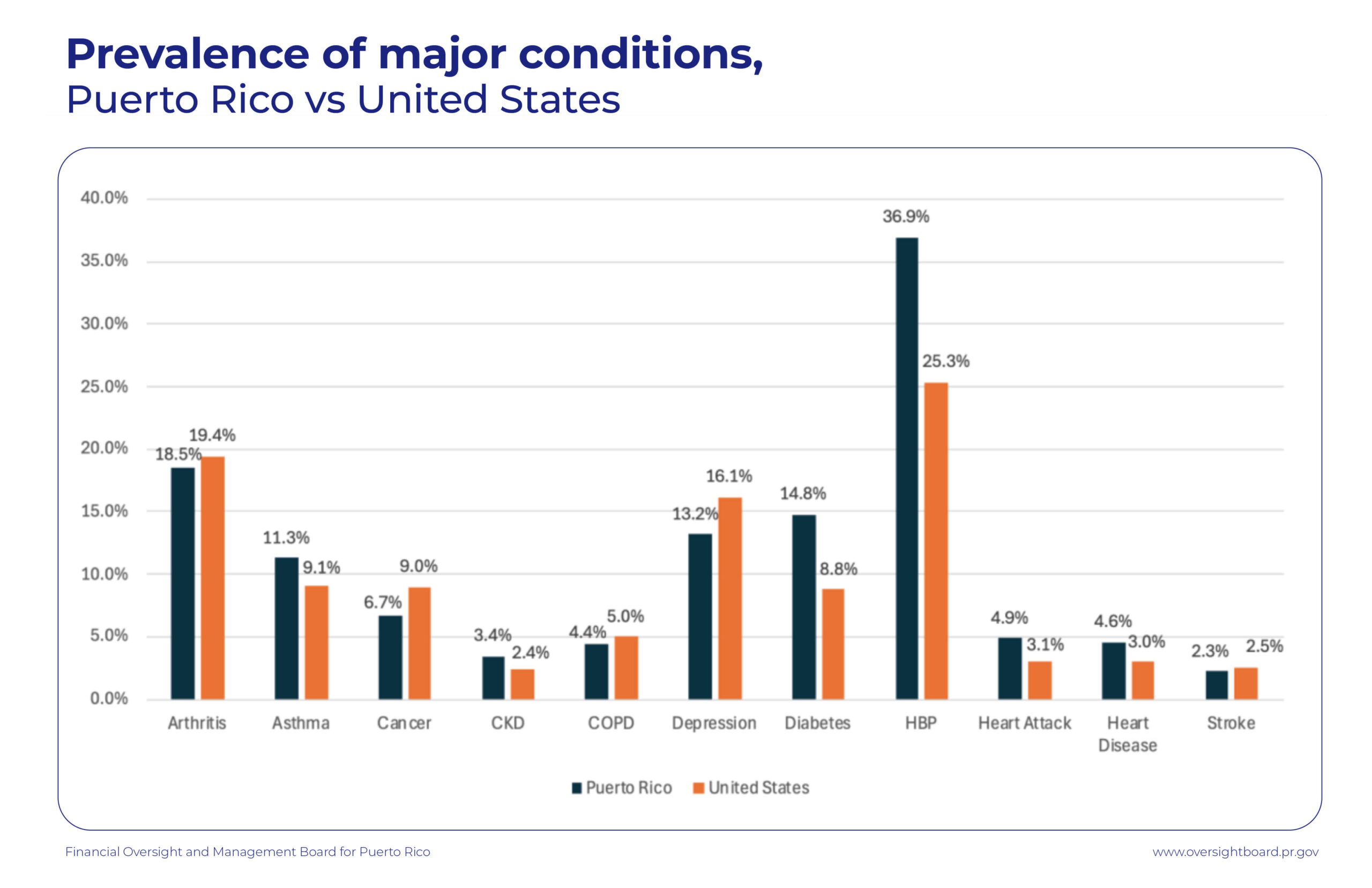
Successful management of chronic diseases through Puerto Rico’s current healthcare system is a struggle due in part to the limitations in healthcare access which results in delays in receiving care and lack of early intervention. These challenges, in turn, contribute to worsened health outcomes for patients and increased demand for healthcare services.
Centers of Excellence would allow patients, including Medicaid beneficiaries, to receive comprehensive and continuous care for their chronic medical conditions in a more effective and cost-efficient way.
Develop Fiscally Responsible Incentive Programs: Doctors are mainly concentrated in the San Juan metro region, and more doctors are needed in other parts of the Island. For example, in Puerto Rico, diabetes prevalence is 15.1% and it is projected to increase to almost 18% in 2050. However, there aren’t enough endocrinologists in Puerto Rico, particularly in the regions of Mayagüez, Arecibo, and Ponce. The Bayamón and Caguas regions also need more endocrinologists, but residents living in these two regions have easier access to specialized doctors in the San Juan metro area.
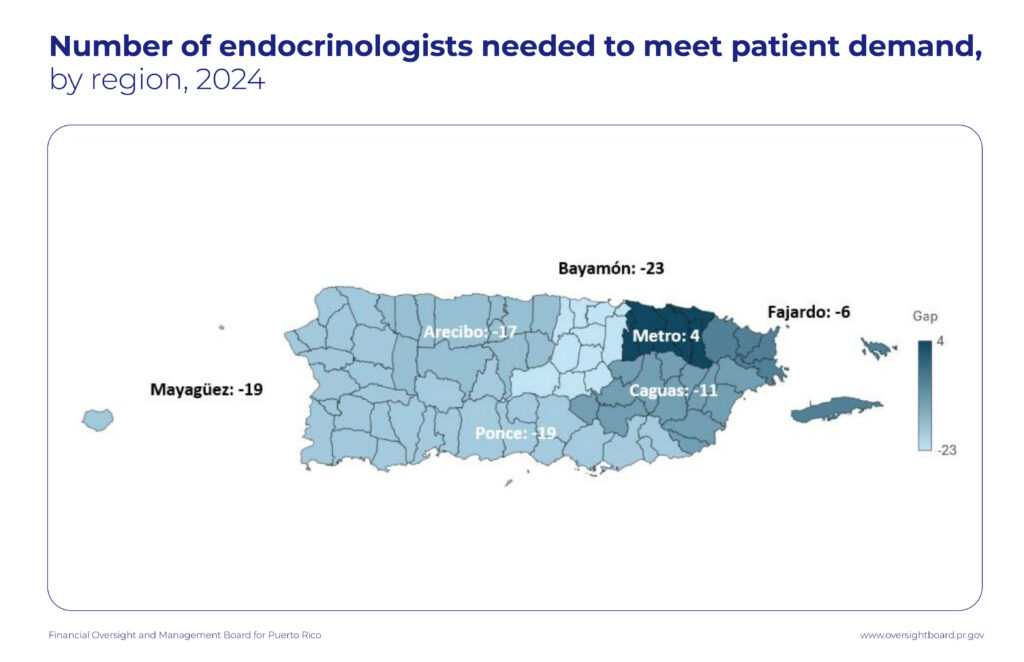
One option to fill the medical workforce gaps in certain geographic areas and medical specialties that lack the necessary doctors to meet the needs of the Puerto Rican population is to attract medical professionals through incentive programs. Because funding for these programs comes from the Puerto Rico Government’s budget and tax collections, among other sources, these incentive programs must be designed carefully to ensure they are “strategically targeted” to the specialties and regions that have the greatest need for medical professionals rather than “across the board” incentive programs for all.
The Oversight Board PRDOH are working to carry out an information gathering process among Puerto Rican physicians currently practicing outside of the Island, with the aim of exploring viable opportunities to facilitate their return and reintegration into Puerto Rico’s healthcare system. Incentives targeting priority areas, such as rural healthcare, high need specialties, and night shift staffing, could help alleviate some of the healthcare workforce shortages and improve access to care across the Island.
Increase available Medical Residencies: While attracting doctors to Puerto Rico could help increase the number of much needed medical professionals, preventing future medical professionals from leaving the island is essential. According to a survey conducted by the Association of American Medical Colleges (AAMC), medical doctors who complete their residencies and fellowships in Puerto Rico are 74% more likely to practice medicine in Puerto Rico.
The PRDOH is already working on increasing medical residencies on the Island, and the agency, along with the Oversight Board, will continue this work, with the additional goal of improving the quality of certain training programs, while aligning them with the healthcare needs of the Island’s population by focusing on the specialties and geographic locations that need more medical professionals.
Expand telehealth services: With the limited access to healthcare professionals in rural regions of the island, access to telehealth services could help thousands of people stay on top of their care. The workforce study found that many rural residents, particularly the elderly, lack access to medical care because they often must travel long distances to see doctors and sometimes are unable to find transportation to make it to their appointments, which results in the patient missing or delaying checkups. Telehealth could significantly reduce these delays for residents in underserved areas, empower more people to take control of their health by facilitating regular checkups without patients having to even leave their homes, improve accessibility to preventative care, and reduce the high number of visits to busy emergency rooms for non-life-threatening concerns.
Currently, regulations on telehealth adversely impact access to medical care, according to the study. The Oversight Board is working with the PRDOH to change these regulations and emphasize the importance of educating both physicians and patients about the benefits of virtual consultations, so that patients in geographic areas where there is a “challenge of access,” can receive more telehealth services.
The need to improve health services to Puerto Rico’s residents, and specifically for the elderly and those living outside the San Juan metro region, is especially important as the Island’s population continues to age.

